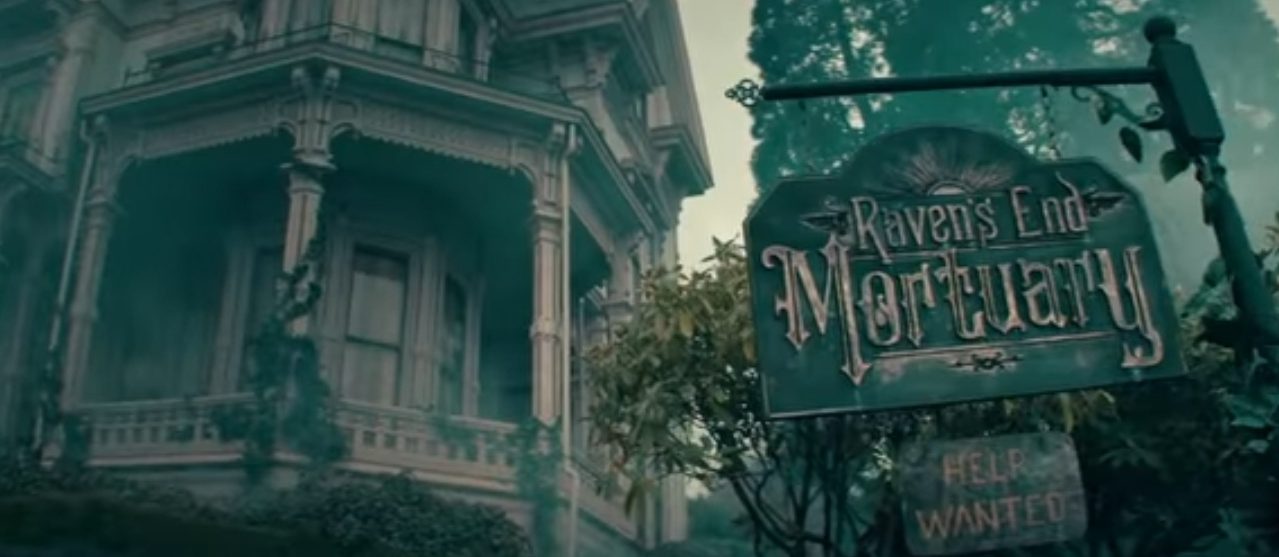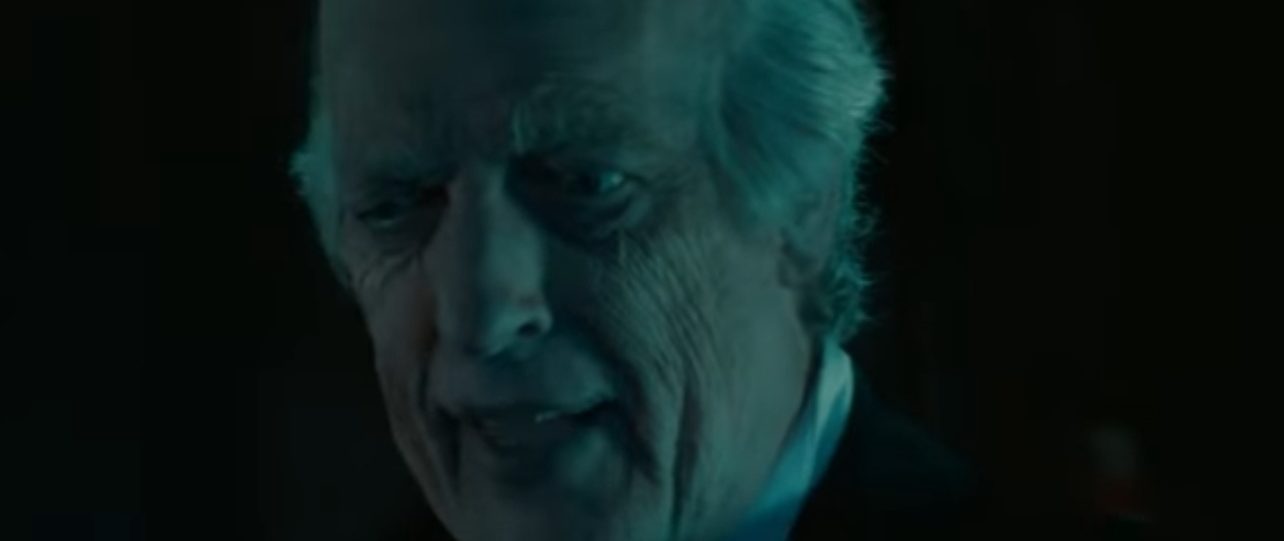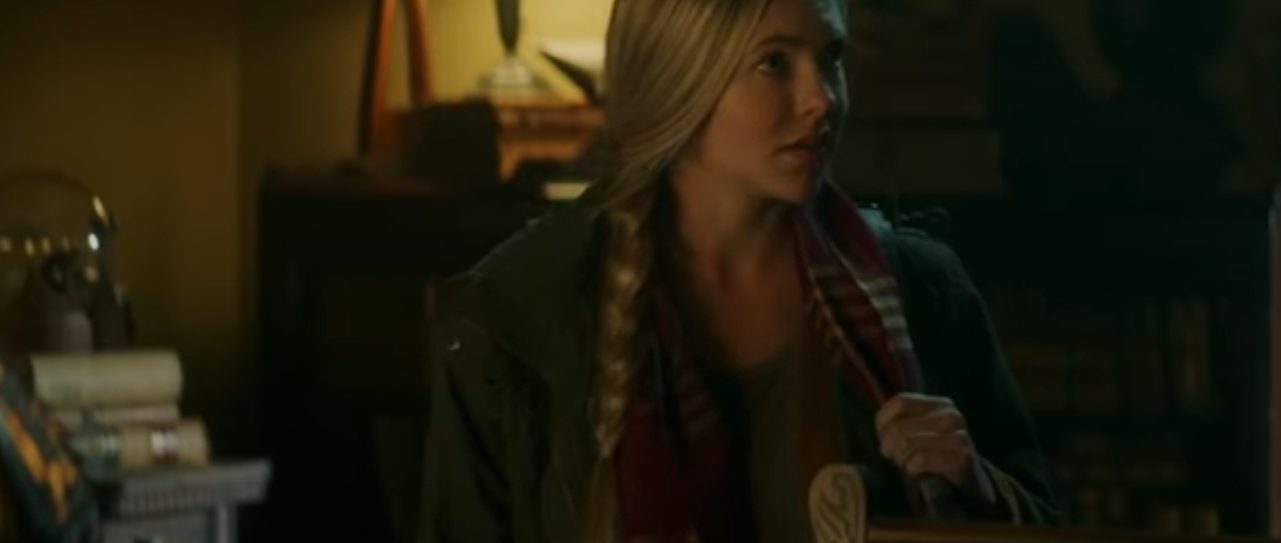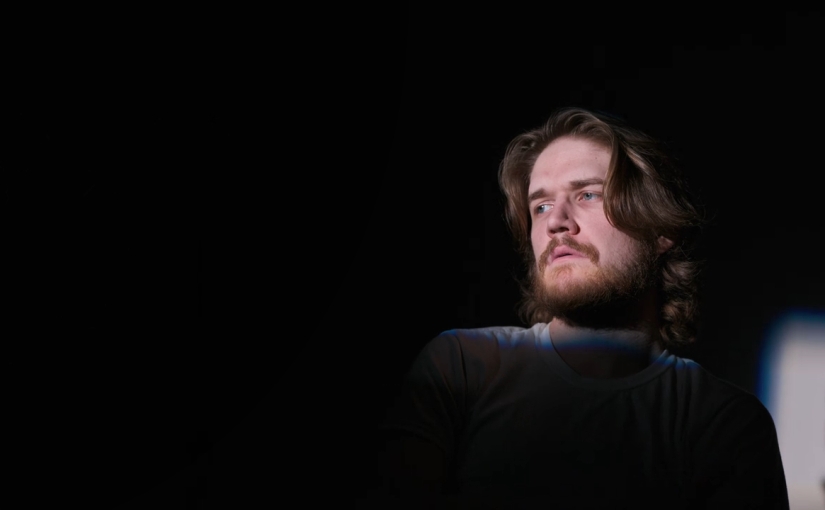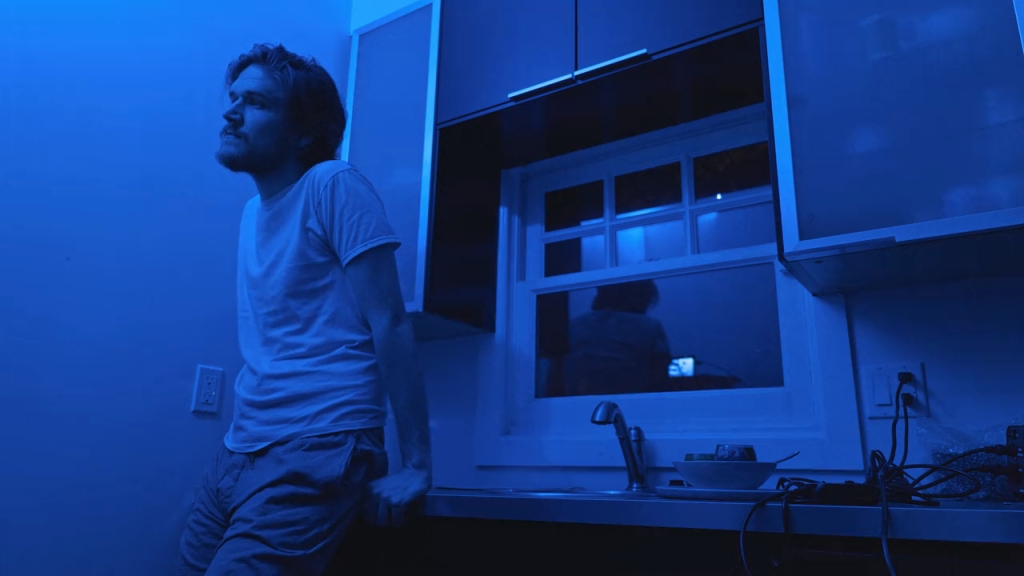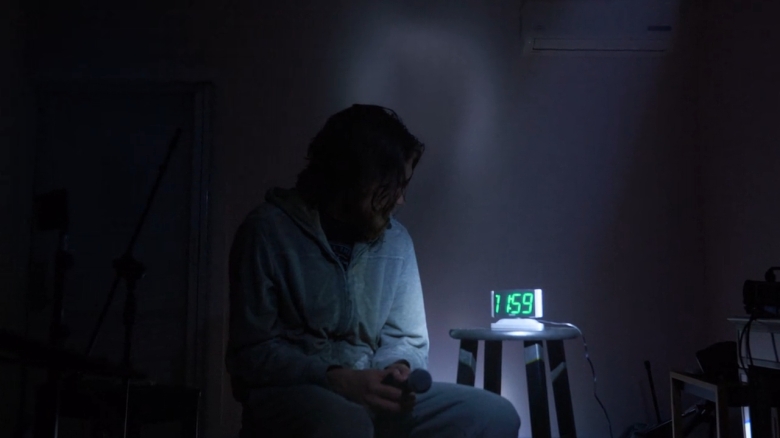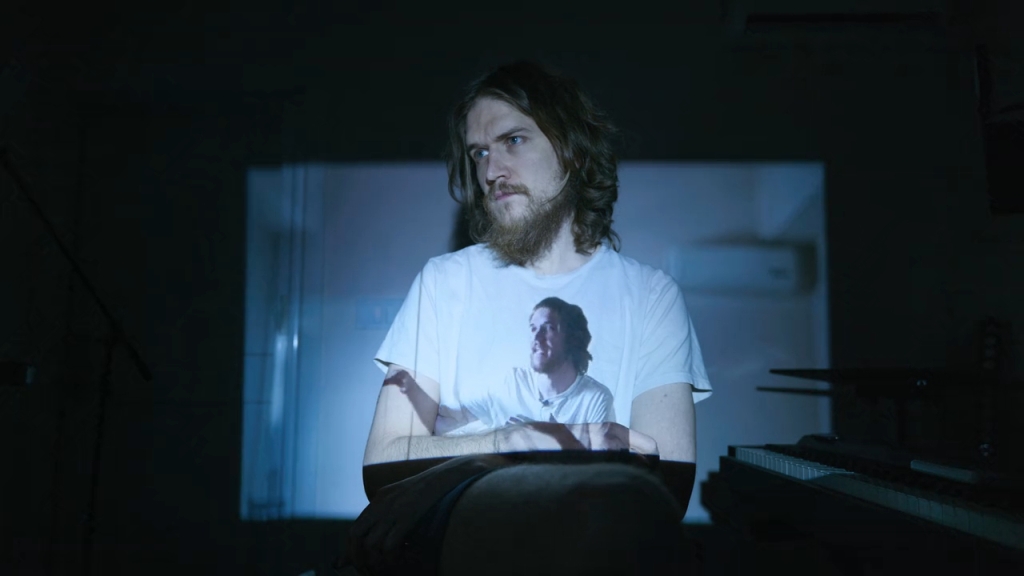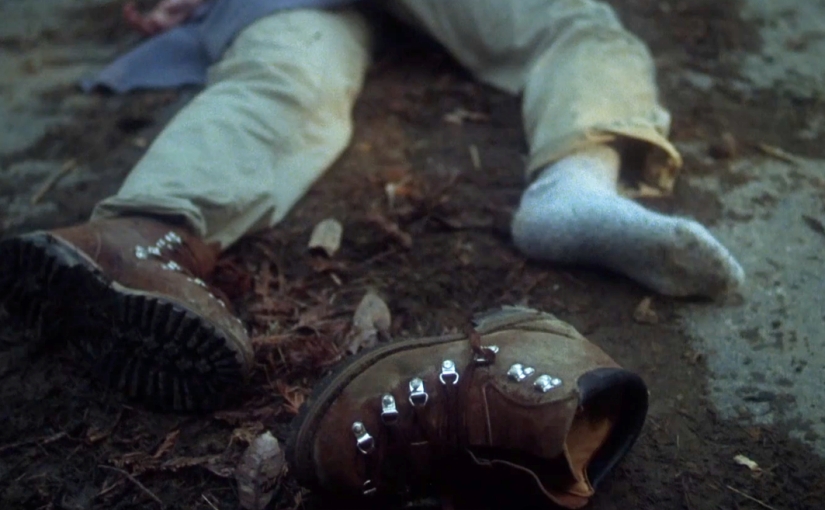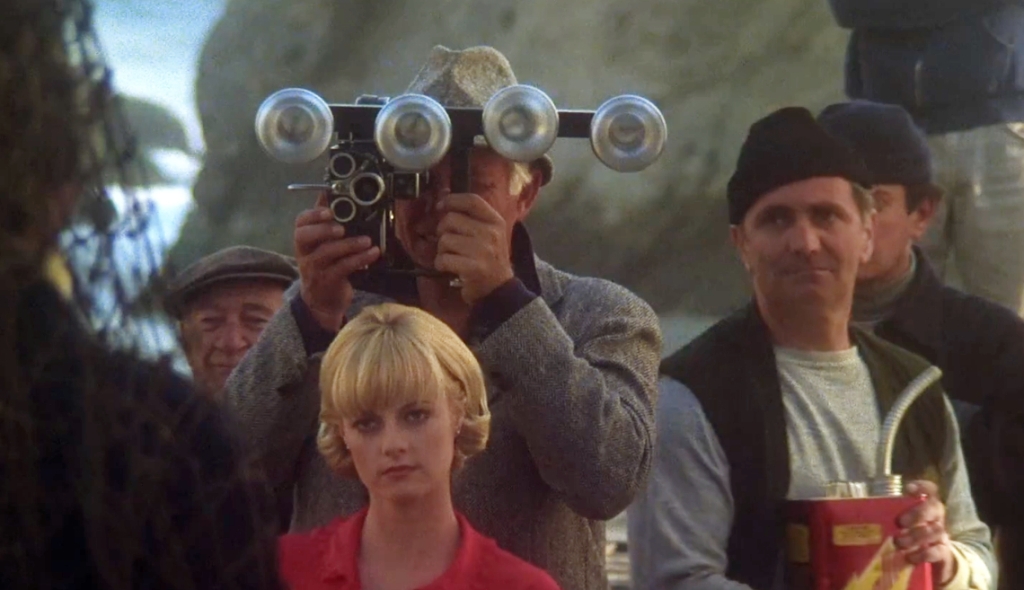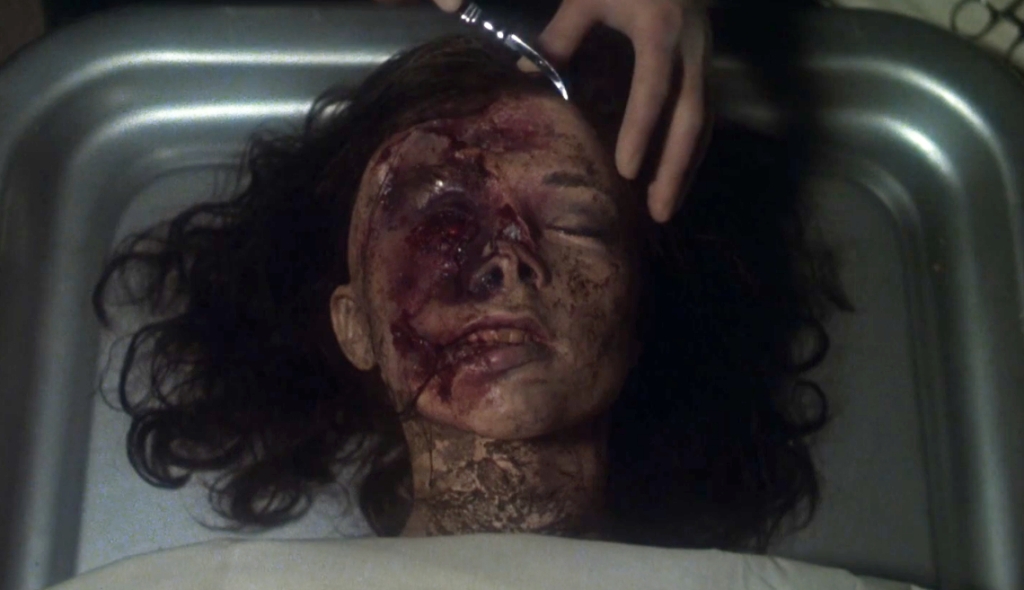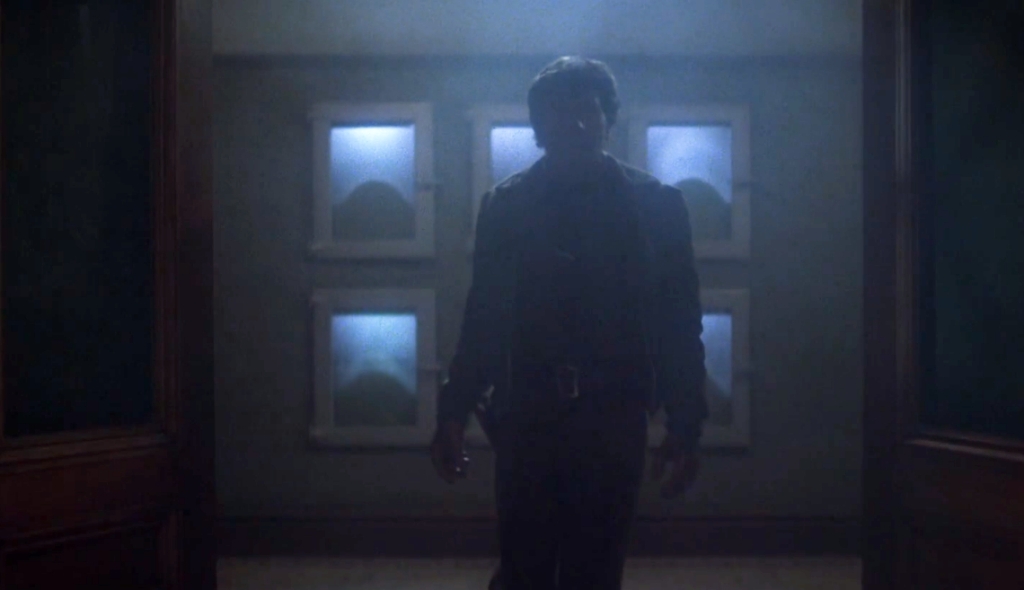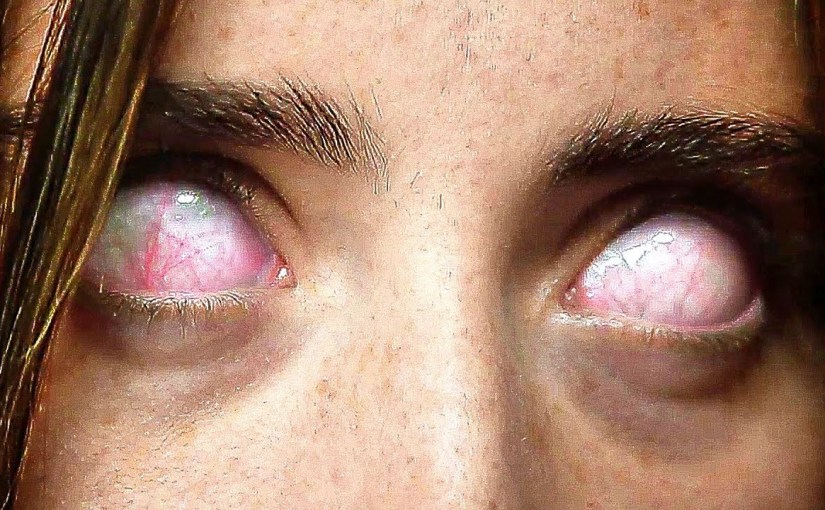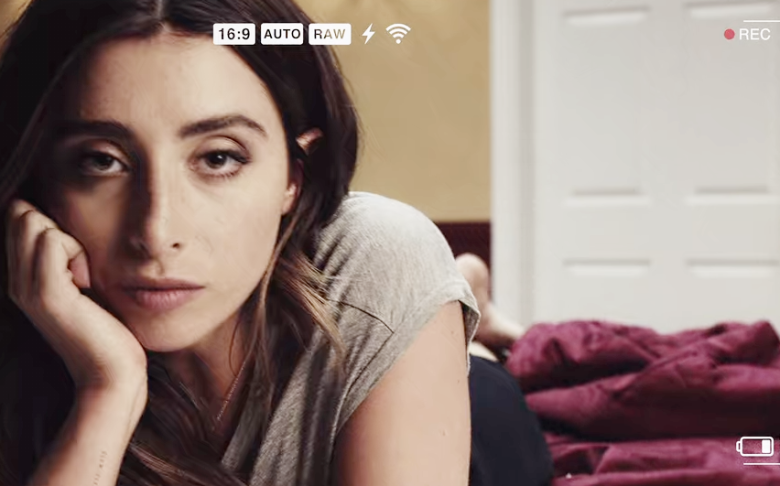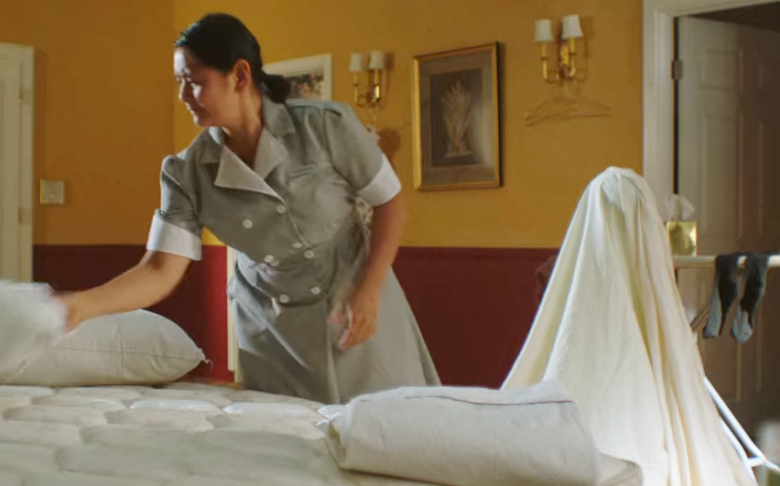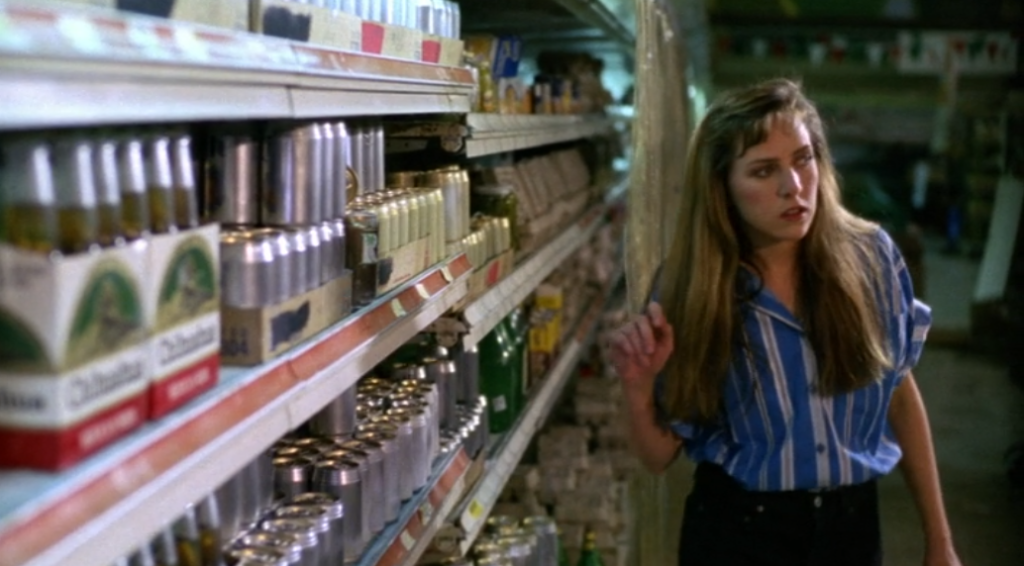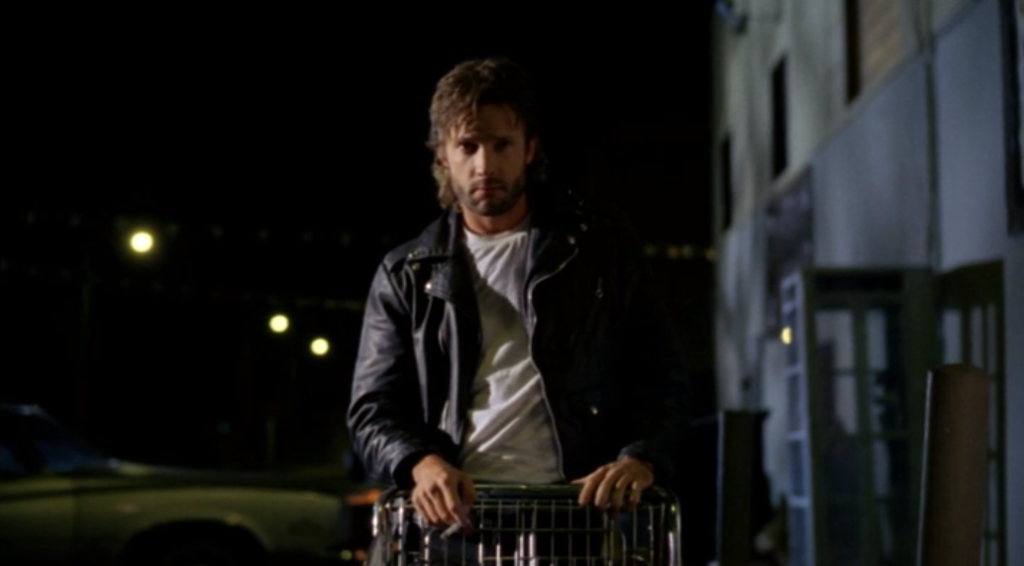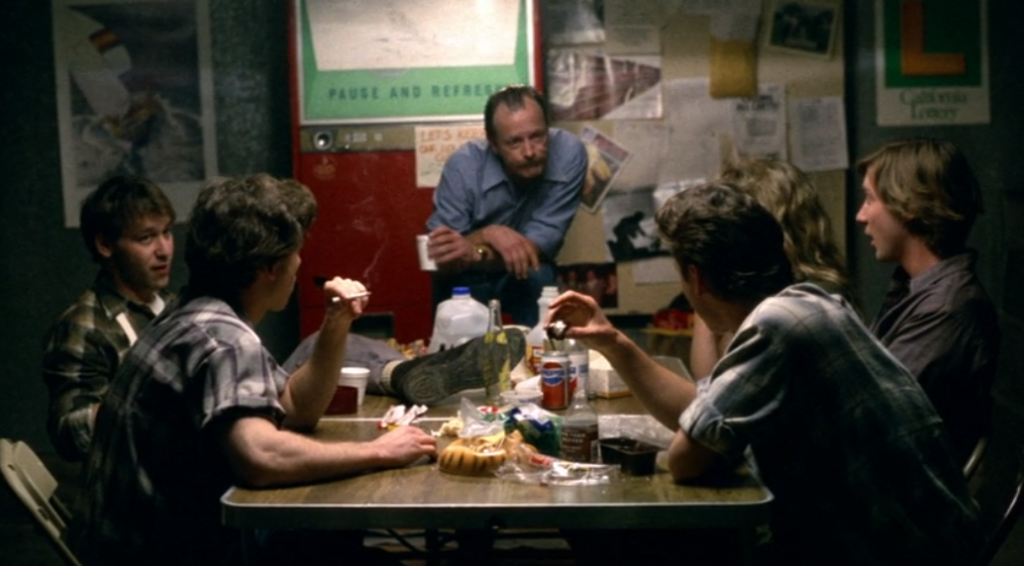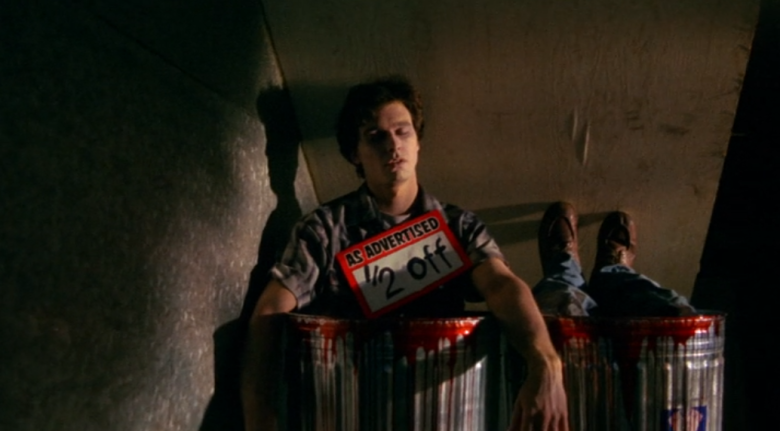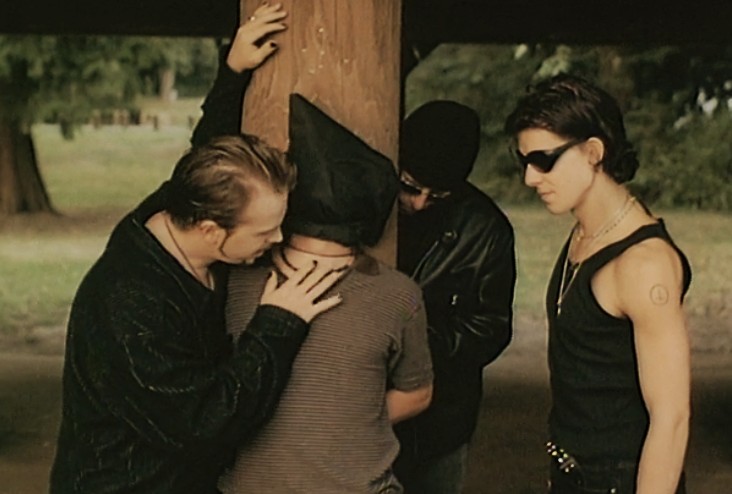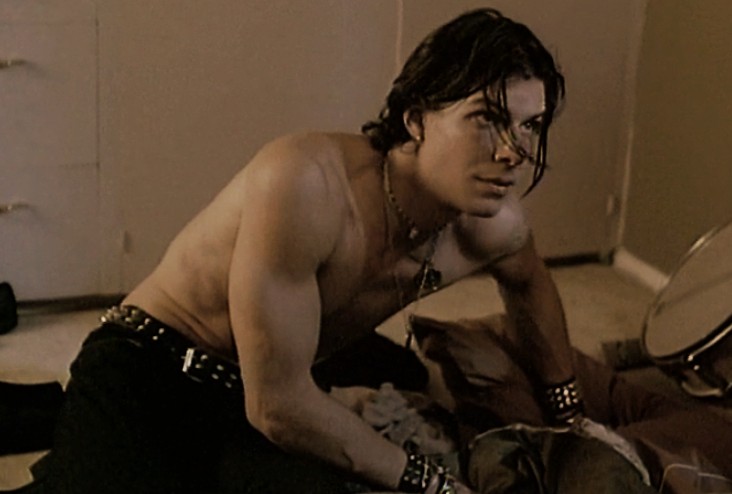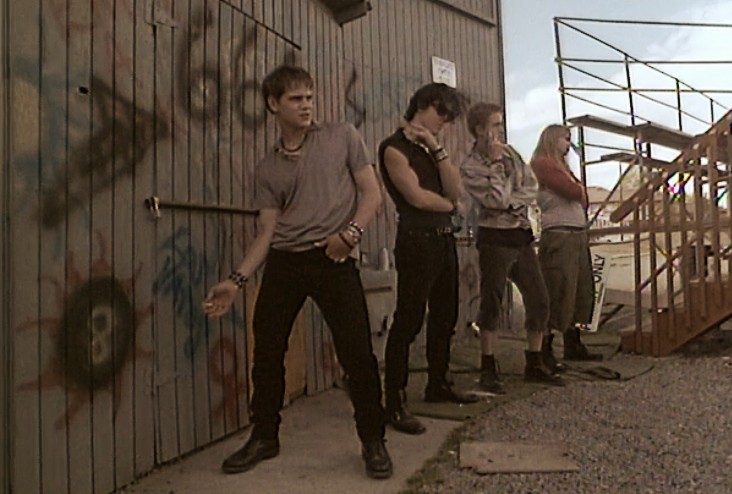It is far and away from being too emphatic to say that from 1979 to 2006, one woman was integral, sonically speaking, to your movie-going and television-watching experiences. If you grew up with the gothic triumphs of Batman (and his animated counterpart), the horror and nightmares of Colonel Kurtz, the yardstick-wielding antics of Chucky, the L.A.-surfing badassness of Snake Plissken, the cookie-cut heart of Edward Scissorhands, or the delightfully disturbing designs of Death itself, you’ve heard the musical mastery and felt the very presence of the one and only, Shirley Walker.
Shirley began her career as a pianist, working specifically in the San Francisco Symphony, meanwhile writing music primarily for industrial films and commercial projects from the late 1960s into the 1970s, until finally being brought onto the incredible musical team of Apocalypse Now (1979) to perform synths and arrange parts for other synth players, realising Carmine Coppola’s score. Her work and arrangements can be heard, eerily interwoven throughout the film, but notably during cues like “Do Lung” and “The Delta”. Almost immediately, she would work again with Carmine, orchestrating the score for The Black Stallion (1979) as well as writing additional cues, receiving credits such as “Additional music by” or even “Co-composed by” this time around, giving her an official start and making her one of the rare few female film composers of the time alongside Wendy Carlos, Rachel Elkind, Delia Derbyshire, Angela Morley, and Suzanne Ciani. However, what made Shirley stand out among her peers was her ability to work with an orchestra and this talent would come to shape so many beloved film scores.
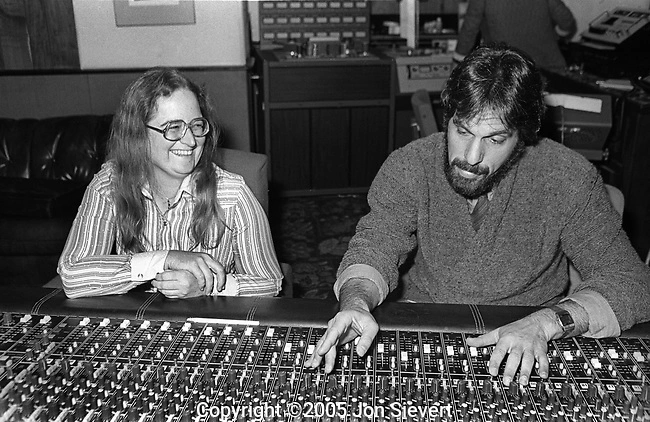
To be a composer is not unusual. Nor is it to be an orchestrator. Or a conductor, for that matter. What is unusual, is to be one that does all three and Shirley was exactly that. She knew exactly how music worked, how it was written, and how (or if) it could be played by musicians. Her roles would include making sure each cue was recorded how it needed to be with the speed, tone, and musical sound design in mind, based on the composer’s wishes as well as her own, but also to watch over the orchestra and let a composer/orchestrator/studio figure know that a certain piece can only be performed a certain amount of times before the musicians wear out.
In the DVD commentary for Final Destination, Shirley recounts a time when there was a problem with music being recorded for a Disney picture she was conducting. The composer and producers were sat in the control booth, playing back the recordings and bickering, leaving the musicians idle for forty-five minutes. Rather than have them be paid to do nothing, the producers suggested to Shirley that they rehearse music not yet recorded. Shirley agreed but quietly told the orchestra how she felt this was ridiculous, that she didn’t want them wearing out, and she had a different plan. In this particular studio, Shirley was on an elevated platform to where the orchestra was essentially hidden below and only Shirley could be seen from the booth. She utilised this, and knowing that the orchestra couldn’t actually be heard unless recording was in progress, she mimed conducting, waving her arms, pointing to the score, and completely putting on an act for the producers, but all the while telling jokes and keeping things light with the musicians.
With this kind of prowess and spirit, and while she was still writing for television in the early 1980s, Shirley would be frequently hired by other composers to orchestrate and/or conduct their scores. Some of these included Murder in Coweta Country (1980) for Brad Fiedel, Cujo (1983) for Charles Bernstein, and Ghost Warrior (1984) for Richard Band for which she also wrote additional music. Shirley would also team up with Band as co-composers on The Dungeonmaster (1984) and Ghoulies (1985). Interestingly, Shirley’s imprint makes these latter two scores stand out, with the score for Ghoulies specifically sounding much like a classic Danny Elfman score, though predating Shirley’s work with Danny and even his very first film score for Pee-wee’s Big Adventure (1985) by six months. Band surely had a hand in the score, but Band a part, the score feels very Shirley. (Just listen to the cue entitled, “In Bed With… Ghoulies” and hear for yourself.) It was perhaps inevitable that the fun, yet slightly twisted, playful, yet no-less powerful compositions and orchestrations of Shirley’s would reach Danny.
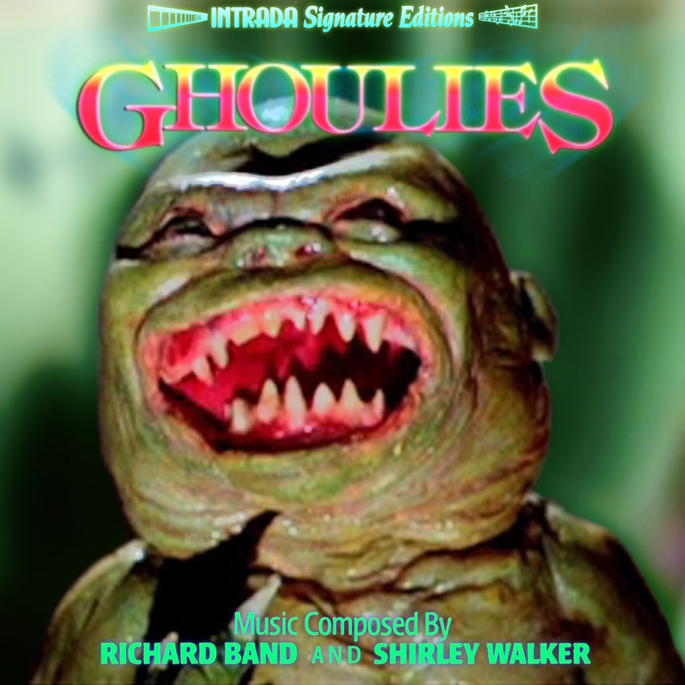
Shirley continued to score various television projects and work simultaneously as an orchestrator/conductor into the late 1980s, continuing a long-running collaboration with Brad Fiedel. Around the time of orchestrating and conducting Fiedel’s score for The Accused (1988), Shirley would conduct the score for Scrooged (1988), marking her first work with Danny Elfman. She would go on to orchestrate and/or conduct his scores for Batman (1989), Nightbreed (1990), Dick Tracy (1990), Darkman (1990), Edward Scissorhands (1990), and finally Article 99 (1992), injecting Elfman’s already-wild, weird, and wicked music with further spirit. Shirley also composed additional cues for both Nightbreed and Dick Tracy and unless it was Elfman-regular Steve Bartek, she likely orchestrated/conducted the theme for Tales From The Crypt (1989 – 1996) as it was recorded on the back-end of a Batman recording session.
As if 1990 wasn’t already a busy enough year for her, Shirley would also do an uncredited orchestration of the score for Teenage Mutant Ninja Turtles, then onto orchestrating and conducting Trevor Jones’ score for the Spielberg-produced, Arachnophobia. She would also orchestrate and conduct Graeme Revell’s score for Child’s Play 2, adding her charm and dark playfulness to the music that would harken back to the demented carnival cue in Apocalypse Now as well as helping to craft one of the most iconic themes/scores in the Child’s Play franchise. The memorable music would also re-appear briefly in Revell’s score for Bride Of Chucky (1998) and be used in much of the marketing of the upcoming Chucky television series.
Following the success of Batman and Batman Returns (1992), Batman: The Animated Series (1992 – 1995) was created with Danny Elfman composing the main theme and Shirley Walker writing additional themes and becoming one of the show’s primary composers/directors, ultimately leading to her scoring the animated feature, Batman: Mask Of The Phantasm (1993), which is still one of her most highly-regarded works. As another example of the fun which Shirley would inspire in music and performances, the lyrics which the choir sing throughout the Mask Of The Phantasm score, often presumed to be in Latin or some similar language, are actually the names off all the orchestra members backwards, so what’s being sung is essentially nonsense – silly, yet effective. Shirley would continue to compose and shepherd the music of sequel series’, The New Batman Adventures (1997 – 1999) and Batman Beyond (1999 – 2001). For her work on The Animated Series and Beyond, Shirley would win two Daytime Emmy’s in 1996 and 2001, respectively. These would be the only awards she would ever receive.
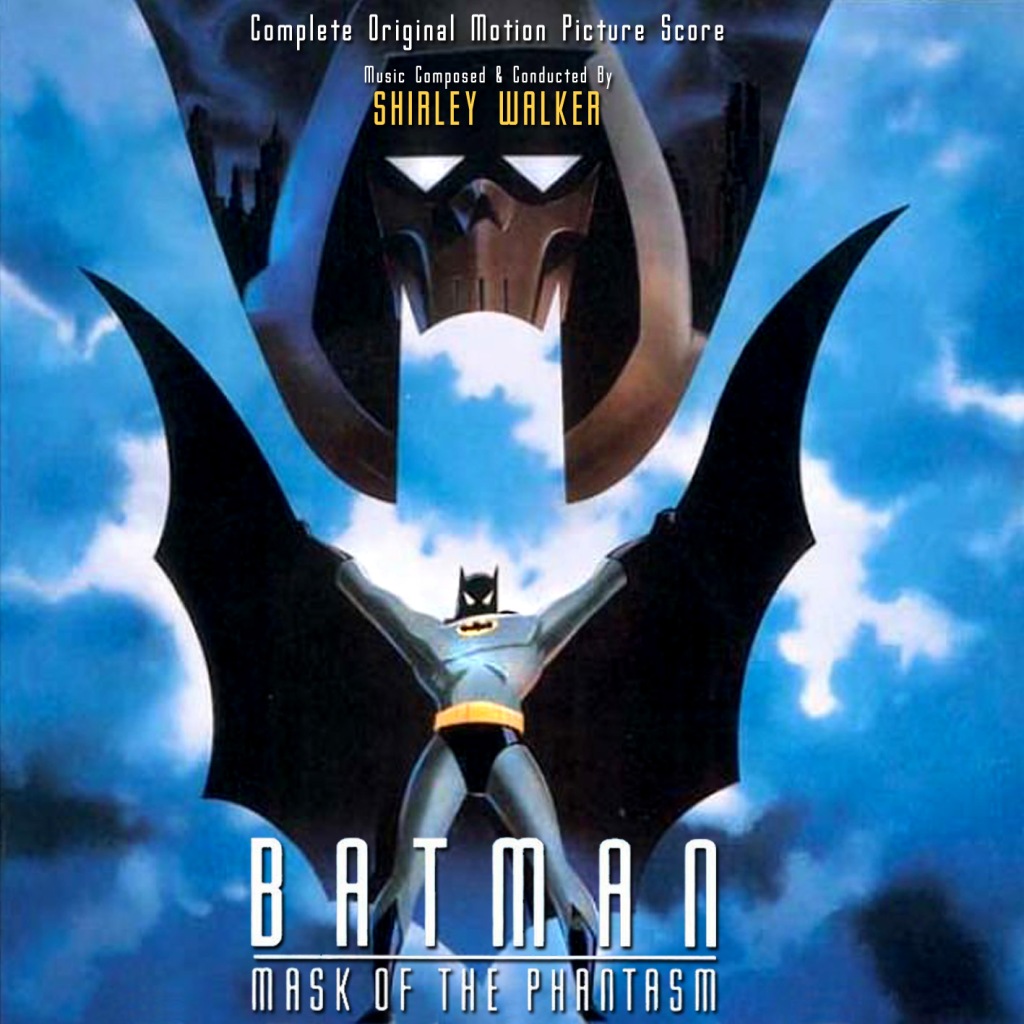
All the while managing her working relationships with Elfman and Fiedel, Shirley would mentor and collaborate with up-and-comer, Hans Zimmer (who, incidentally, would provide synths for Mask Of The Phantasm). She would orchestrate and/or conduct his scores for Black Rain (1989), Bird On A Wire (1990), Backdraft (1991), A League Of Their Own (1992), and Toys (1992), to name a few. She would also collaborate with Carter Burwell at the end of her orchestrating/conducting-for-others days, including the incredible score for Fear (1996). She would even return to Batman on film one last time in 1995 with uncredited orchestration on Batman Forever.
However, one of Shirley’s most important efforts was the literally thankless (uncredited) job of conducting the score for National Lampoon’s Christmas Vacation (1989), for only a few years later, when John Carpenter was making Memoirs Of An Invisible Man (1992), he was to seek out a new composer, replacing Jack Nitzsche, in one of the rare instances where Carpenter (and frequent partner, Alan Howarth) didn’t write the music. Chevy Chase, who played the lead in Memoirs, recalled visiting a recording session for Christmas Vacation and being impressed by the conductor. He recommended her to Carpenter and she got the job. And so, this would become Shirley Walker’s first, proper, official, solo film score. Even more amazing is the important cinematic history this made, where Suzanne Ciani is the first woman to receive solo credit for a film score with 1981’s The Incredible Shrinking Woman, Shirley has the distinction of being the first woman to have composed an entire symphonic score, which she also orchestrated and conducted alone. Though the film itself would be a critical and box office failure, Shirley’s score was marvelous, capturing the excitement, adventure, mystery, and occasional zaniness of the story.
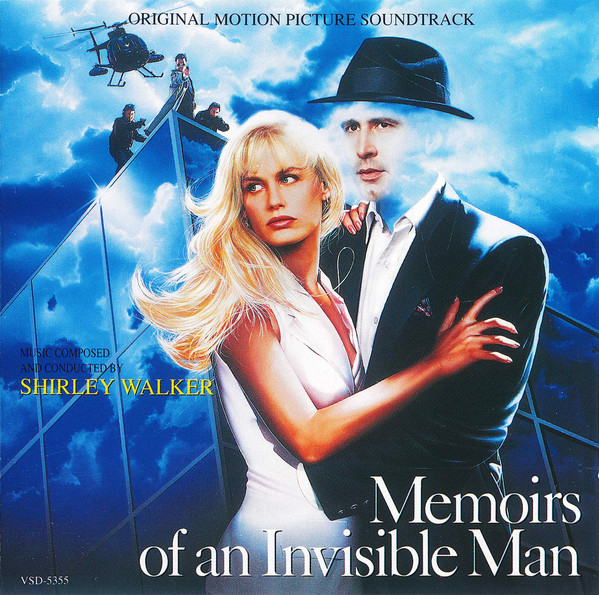
In another rare move from Carpenter, he would bring Shirley back as a composer to work with he and Alan Howarth on the score for Escape from L.A. (1996), for which she provided her signature lavish, sophisticated, and infallibly fun orchestration atop the ever-enjoyable synth and rock efforts of Carpenter and Howarth, making for a unique, bold, and sometimes epically groovy sounding score. If you listen specifically to a cue called, “Queen Mary/Hang Glider Attack”, it gives you the perspective that Shirley very easily could have done the oft-prestigious score to a James Bond film, standing seamlessly alongside the works of John Barry, David Arnold, George Martin, Hans Zimmer, and Thomas Newman. This was the level of quality Shirley would bring to every score, be it for a high-budget, high-tension Hollywood picture like Memoirs or a rag-tag science-fiction sequel like Escape.
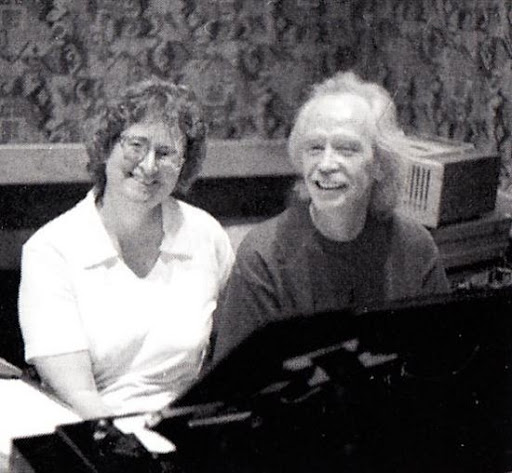
From 1996 to 1999, Shirley would work her last two times for Brad Fiedel on Eden and Rasputin, then focus primarily on scoring, orchestrating, and conducting her own music for projects such as the HBO television film, Turbulence, and the Disney reboot of The Love Bug, plus additional music for Mystery Men, all whilst overseeing the music for the animated Batman shows and others like, Spawn (1997-1999) and Superman: The Animated Series (1996-2000). By the end of the decade, two filmmakers, James Wong and Glen Morgan, who had begun their film careers after seeing and being inspired by Apocalypse Now twenty years prior, with a script penned by Jeffrey Reddick, would take on the task of bringing to life a story of death.
Shirley had already worked with Wong and Morgan in 1995, scoring their television series, Space: Above and Beyond, establishing their relationship and apparently sealing the deal when it came time to find a composer for Final Destination (2000). She was brought in to write chilling and thrilling music for the film to accompany a group of plane crash survivors as they evade and/or fall prey to Death in horrifying fashion. And Shirley could not have been giddier at the opportunity, especially being afforded the chance to compose an ominous, foreboding theme for an opening credits sequence, which set the tone and establish the death motif which would feature in the next three sequels. And while horror icon, Tony Todd, may have played the visible, teased manifestation of Death, Shirley Walker was without question the invisible incarnation. Her score would feature classic haunting and suspenseful instrumentation amidst contemporary elements like electronic percussion and always perfectly capture the macabre mischievousness of the reaper, but if you listen really close, throughout the film, ghostly exhalations, almost like airy laughing, can be heard. (Listen to the cue, “Fire Signs”, for example.) This is none other than the voice of Shirley Walker herself, cameoing as a portent of Death.
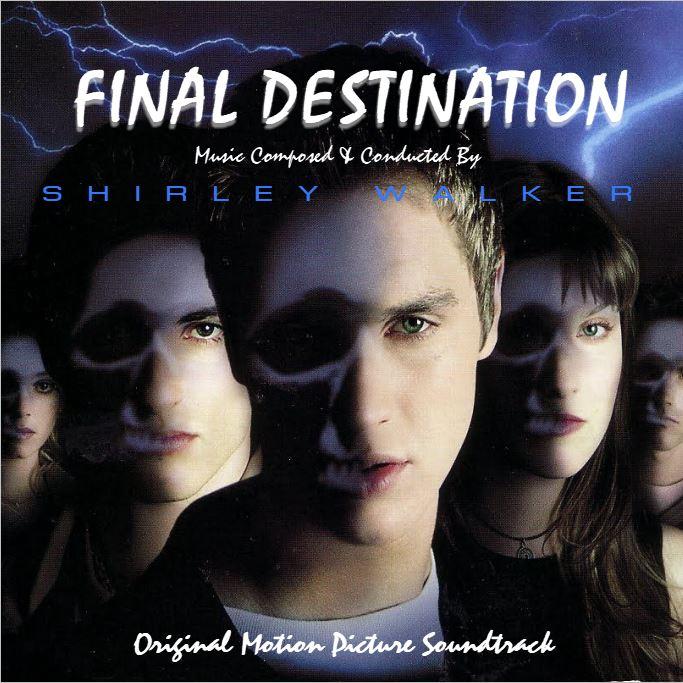
Final Destination was a success and, as certain are death and sequels, so too, was the return of Shirley to the franchise for Final Destination 2 (2003), following her scoring Tales From The Crypt: Ritual (2002), this time crafting a more exciting score, with another Bond-like take on the main theme, joined by her son, Ian Walker, for electronic percussion and help with orchestration. The same year, she would also work on Glen Morgan’s remake of Willard. The accordions heard in the music of the film were Shirley’s idea to match the off-beat nature and outsider qualities of the titular character, but their inclusion was up for some debate, with director Glen Morgan loving them and producer James Wong being uncertain about them. In the documentary found on the Willard DVD, Shirley stated of director Morgan and producer Wong: “The two of them, as in many of their ideas about filmmaking and their conceptualizing, they’re just enough apart and going in opposite directions to where they are a real good balance for each other. So I know if I’ve got Jim just a little bit alarmed and I’ve got Glen not too, like, off the wall about like (Shirley mimics Glen) ‘Oh yeah, this is killer! This is just right! It’s the only thing I can have!’, you know, if I’ve got those two things in balance, I know I’m in good shape.” And so, with Shirley’s savvy, the accordions stayed and with that, she once again made cinematic history with the first film score to ever feature an accordion section in the orchestra. (Accordions are also featured prominently in Crispin Glover’s cover of “Ben” for the film’s soundtrack, though it’s uncertain if Shirley had anything to do with the music for the track.)

Shirley would come to complete a trilogy of scores upon composing for James Wong’s Final Destination 3 (2006), returning to its roots in suspense and playful presence of Death after the action-oriented predecessor. However, it was all still charming and fun, where for this particular film, a tool was invented by her scoring mixer, Bobby Fernandez, called the “GrossOMeter”, and utilised by Shirley to dictate how a certain cue should be performed by the orchestra to match the intensity and grotesque goings-on of the scene on screen. Later that year, Glen Morgan would direct another remake, this time being Black Christmas. The film was notoriously butchered during production, with Morgan’s original vision left marred, though the score casts some familiar light on the final product. While it sounds just a little less polished and a little more intimate, with more focus on synths and atmospheres, it still maintains that quirky, dark sense of merriment only Shirley could bring with plucky, detuned strings, brass stings, and very angry sleigh bells.
Sadly, a great loss came when Shirley passed away on the 30th of November, 2006 at only age 61, after complications from a stroke. In the credits of Final Destination 3 and Black Christmas are the messages “In memory of Shirley Walker” and “Goodbye Shirley”. Her death was overlooked during the following Academy Awards ceremony’s “In Memoriam” in 2007, though a plaque was made in her honor at the Eastwood Scoring Stage. Her work continued to be referenced in later Batman shows and her death motif was covered by Brian Tyler for The Final Destination (2009) while composer Bear McCreary cited Shirley Walker as his primary source of inspiration in the scoring of the series, Agents Of S.H.I.E.L.D. (2013 – 2020). In 2014, ASCAP created the Shirley Walker Award for “those whose achievements have contributed to the diversity of film and television music” and has been given to Wendy Melvoin & Lisa Coleman, Deborah Lurie, Germaine Franco, and Pinar Toprak, to date. Meanwhile, brilliant female composers such as Mica Levi, Hildur Guðnadóttir, Steph Copeland, and Emilie Levienaise-Farrouch follow in Shirley’s footsteps while carving their own paths.
So, remember, when you see and relive your favourite cinematic moments like Batman fighting The Joker and his minions, Captain Willard making his way up river, Chucky hanging out with Phil, Snake Plissken shooting hoops and bad guys, Edward Scissorhands carving topiaries, or Death making designs for corpses-to-be, these were all elevated by their respective composers, but also in no small part by the brilliant, skilled, and always fun…Shirley Walker.
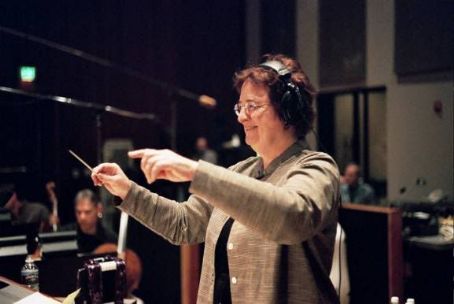
Shirley Walker Recommended Listening:
1. “Main Theme” from Memoirs Of An Invisible Man (1992)
2. “The Delta” from Apocalypse Now (1979)
3. “In Bed With… Ghoulies” from Ghoulies (1985)
4. “Queen Mary/Hang Glider Attack” from Escape from L.A. (1996)
5. “Ice Dance” from Edward Scissorhands (1990)
6. “End Titles” from Child’s Play 2 (1990)
7. “Main Title” from Batman: Mask Of The Phantasm (1993)
8. “Main Titles” from Final Destination (2000)
9. “Main Titles” from Willard (2003)
10. “Main Title” from Final Destination 2 (2003)
Bonus: “Fire Signs” from Final Destination (2000)



